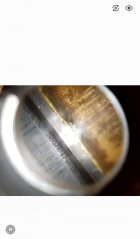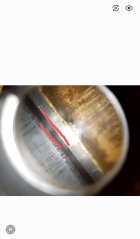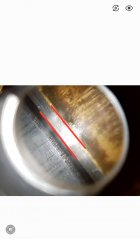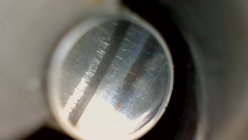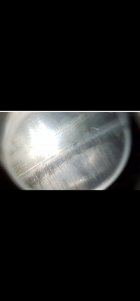Pa.Mike
Silver $$ Contributor
I have been shooting for 52 years and have never heard or been aware of the "Carbon Ring" until I saw it mentioned on this forum. I mainly use Krieger or Brux barrels along with Dewey coated rods and always with a bore guide. I normally clean my barrels every 20 rounds during normal shooting sessions. Can someone please school me on the following:
1. Can the ring be detected without a Bore Scope?
2. Where in the bore is it usually located?
3. Can it be felt when the cleaning rod / patch is inserted in the bore?
4. What effect does it have on pressure?
5. What signs would make me suspect I may have a Carbon Ring issue?
6. Finally , what is the best method to remove and then prevent a ring from forming?
Thank you for any knowledge you can pass on!
1. Can the ring be detected without a Bore Scope?
2. Where in the bore is it usually located?
3. Can it be felt when the cleaning rod / patch is inserted in the bore?
4. What effect does it have on pressure?
5. What signs would make me suspect I may have a Carbon Ring issue?
6. Finally , what is the best method to remove and then prevent a ring from forming?
Thank you for any knowledge you can pass on!

















